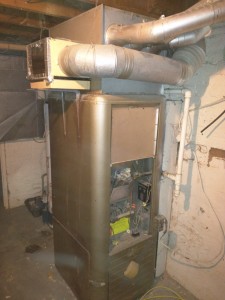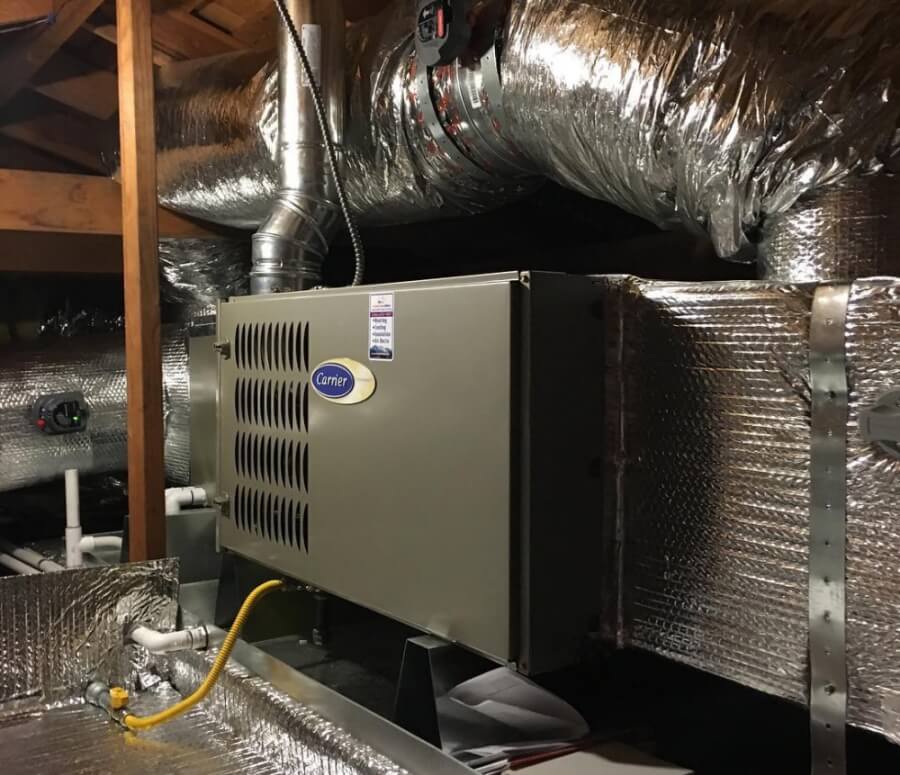The Ultimate Guide to Heating System Installment for a Cozy Home
Furnace installation is a critical element of maintaining a comfy home atmosphere, particularly throughout the colder months. As you think about these elements, the question stays: what actions can you take to ensure your heating system serves you well for years to come?
Sorts Of Furnaces

Gas furnaces are one of the most common selection because of their effectiveness and reduced functional costs. They utilize gas or lp, giving quick heating and consistent efficiency, making them suitable for chillier climates.
Electric furnaces, while typically easier to install and preserve, often tend to have higher operational costs. They are frequently favored in locations where gas solution is inaccessible or for homes with existing electrical infrastructure.
Oil heaters, though much less common today, continue to be a sensible alternative in certain areas. They melt home heating oil, which can be advantageous during chillier months, but their dependence on oil delivery presents prospective obstacles.
Additionally, there are high-efficiency models offered across these kinds, which can substantially reduce power consumption and utility costs - furnace installation. Inevitably, comprehending these furnace kinds will certainly assist home owners choose a system that lines up with their home heating needs, budget plan, and power choices
Selecting the Right Dimension
Picking the suitable size for a heating system is essential to making sure optimum efficiency and power efficiency. An undersized heater will have a hard time to maintain comfy temperature levels throughout the cool months, bring about increased damage, higher power bills, and prospective system failing. On the other hand, a large furnace may cycle on and off as well often, resulting in inefficient heating and irregular temperature circulation within the home.
To determine the appropriate furnace dimension, a computation known as the Manual J tons estimation need to be executed. This process assesses different aspects, including the square footage of the home, insulation levels, home window dimensions, and neighborhood environment conditions. This comprehensive analysis ensures that the furnace fulfills the certain home heating demands of the area.

Installment Refine Review
In terms of products, you will require ductwork, insulation, and sealing tape to make certain optimum airflow and power effectiveness - furnace installation. It is likewise important to have a brand-new heating system filter accessible, together with airing vent materials, such as PVC pipe or steel flue, depending on the sort of furnace being set up
Safety devices, including gloves, goggles, and a face mask, is additionally vital to secure versus dust and particles during setup. Having all these devices and products conveniently available not only improves the process but also boosts the security and performance of the heater installment.
Maintenance Tips for Longevity
To make sure the longevity of your heating system, it is necessary to apply a normal upkeep routine that deals with crucial elements of the system. Start by replacing or cleansing the air filter every one to 3 months, as a blocked filter can limit air movement and reduce performance. Additionally, evaluate and clean the blower assembly to avoid dirt build-up that can prevent performance.
Following, examine the thermostat settings and rectify if needed to ensure precise temperature law. Examine the ductwork for leakages or clogs, as this can bring about power loss and irregular home heating. On a regular basis oil the electric motor and bearings according to her explanation the maker's referrals to reduce deterioration.
Professional inspections must happen each year, where a certified service technician can assess the furnace's overall condition, look for gas leaks, and make sure that safety and security attributes are operating appropriately. Think about mounting a programmable thermostat to optimize energy use and preserve constant home temperatures. By taking on these maintenance techniques, you can enhance your heater's performance, expand its life expectancy, and ultimately take pleasure in a comfy and comfortable home atmosphere.
Verdict
